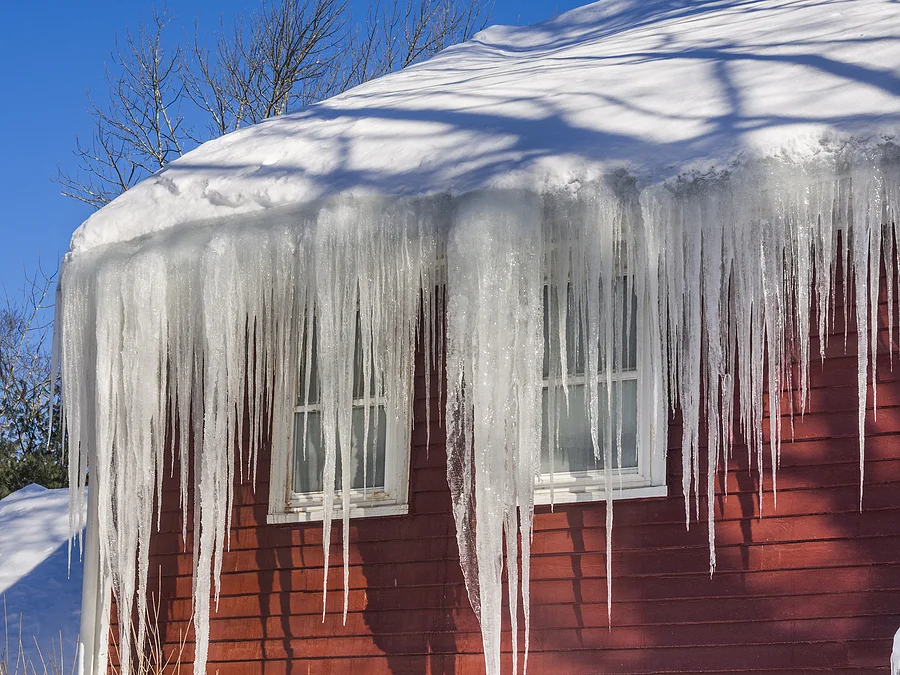Winter can be harsh on homes and rental properties, making it essential for property owners / residents to prepare in advance. Taking steps to weatherproof a property not only protects against the elements but also ensures everyone’s comfort and can help prevent costly repairs down the line. Here are some essential tips to get your property ready for the colder months.
1. Inspect and Seal Windows and Doors
Cold air can seep in through small cracks, increasing heating costs and creating uncomfortable drafts. Examine all windows and doors, checking for gaps or damage to weatherstripping. Re-seal any cracked caulking and consider adding draft stoppers or insulating film to windows for an added layer of protection.
2. Clear and Insulate Gutters
Falling leaves and debris can clog gutters, preventing proper drainage. Blocked gutters can lead to water accumulation, ice dams, and potential roof damage. Before temperatures drop, clear out gutters and downspouts. Additionally, consider installing gutter guards and ensuring that downspouts direct water away from the foundation.
3. Insulate Pipes to Prevent Freezing
Frozen pipes are a common winter hazard and can cause extensive water damage if they burst. Insulate pipes in unheated areas such as basements, crawl spaces, and garages. For properties in particularly cold regions, consider installing heat tape on pipes to provide extra warmth during the coldest days.
4. Check Heating Systems
Make sure all heating systems, including furnaces, boilers, and fireplaces, are serviced and in good working order. Change filters, test thermostats, and check for any unusual noises that might indicate wear and tear. Routine maintenance helps extend the life of heating systems and can prevent sudden failures during peak usage.
5. Inspect Roofs and Siding for Vulnerabilities
If you live in an area with ice and snow buildup, this can worsen existing damage to roofs and siding, leading to leaks or structural issues. Before winter, inspect the roof for missing or damaged shingles, cracks, or soft spots, and repair them as needed. Siding should be checked for any loose panels or gaps where moisture could seep in.
6. Consider Adding Insulation
Proper insulation can significantly reduce heating costs and keep a property comfortable. Evaluate attic insulation and consider adding more if necessary, as heat loss through the roof is common. Also, check walls, basements, and crawl spaces to see if additional insulation could be beneficial.
7. Prepare Outdoor Areas
Move or cover outdoor furniture and equipment, and ensure pathways are clear of obstacles that could freeze over or cause injuries. Stock up on ice melt and keep a snow shovel handy for tenants if they are responsible for clearing walkways. For properties in areas with heavy snowfall, consider marking driveway edges to make snow removal easier.
8. Test Smoke and Carbon Monoxide Detectors
Increased use of heating systems can heighten the risk of carbon monoxide buildup. Test all smoke and carbon monoxide detectors, replace batteries if necessary, and remind tenants about fire safety protocols. Having a functioning detection system is critical to winter safety.
Taking these steps to winterize your property can help avoid unexpected maintenance calls and give you peace of mind throughout the winter season. Investing in weatherproofing now can save on energy costs and prevent expensive repairs, making winter a safer and more comfortable season for you and your tenants.







